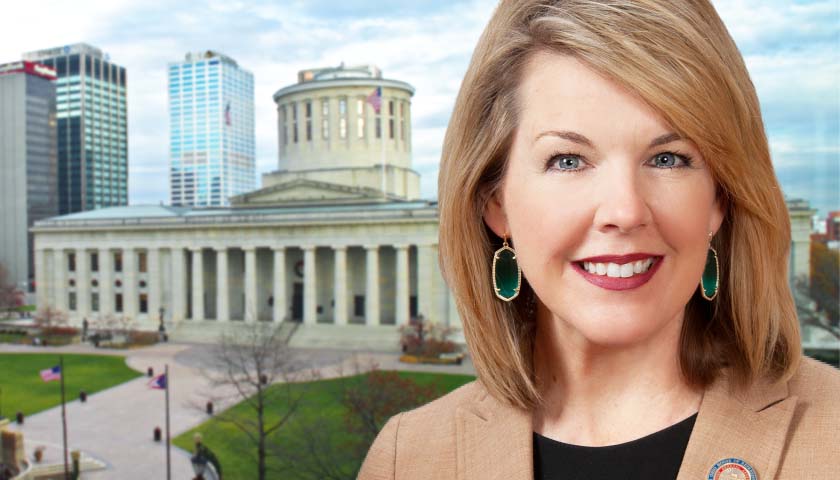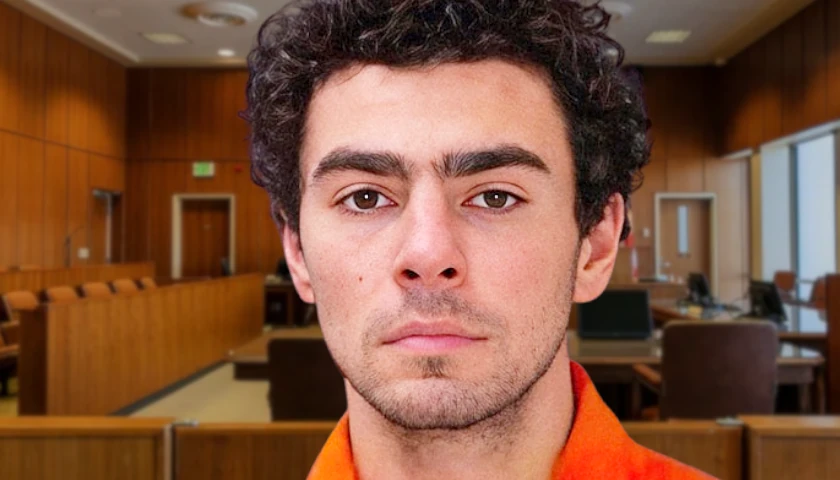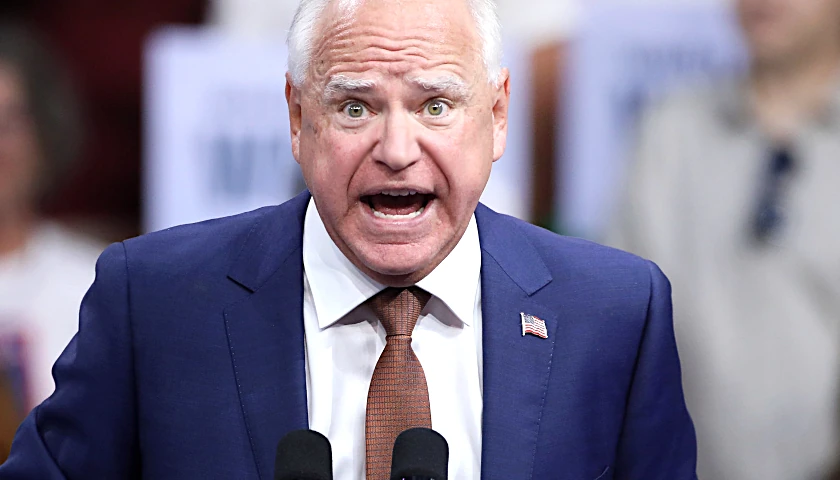by J.D. Davidson
Several groups filed objections to the Ohio Redistricting Commission’s second attempt at redrawing state legislative maps, saying the commission failed to live up to reforms passed in 2018 and orders from the Ohio Supreme Court.
An 11:59 p.m. Tuesday deadline was in place to file legal claims with the Ohio Supreme Court, which declared the state’s first legislative district maps unconstitutional Jan. 12 and gave the commission 10 days to submit new ones.
“Our democracy should work for and include all of us. But a handful of Redistricting Commission members blatantly ignored what Ohio voters told us they wanted, not once, but twice,” Ohio House Minority Leader Allison Russo, D-Upper Arlington, said in a statement after legal objections were filed. “Instead of using their second chance to draw fair maps that best reflect the preferences of Ohio voters, these Commission members ignored the Court’s ruling and passed another map to favor their own party.
“I strongly believe this disregard for Ohioans will be remedied again by the Court, and the people will have the fair, constitutional maps they deserve.”
The League of Women Voters Ohio, American Civil Liberties Union of Ohio, Common Cause, CAIR-Ohio and the National Democratic Redistricting Committee successfully challenged the original maps, which the court said unduly favored Republicans.
The court ordered a map that more closely reflected the state’s 54% Republican to 46% Democrat voting breakdown. The first maps favored the GOP by 62% in the House and nearly 70% in the Senate. The new maps give the GOP a 57-42 advantage in the House and a 20-13 advantage in the Senate.
The ACLU of Ohio and the ACLU filed objections Tuesday night on behalf of the League of Women Voters Ohio, the A. Philip Randolph Institute and several individuals.
The objections included charges the new plan does not meet the proportionality the court ordered.
“The Ohio Redistricting Commission was given a second opportunity to do the right thing: to produce fair and compliant maps; however, the majority-members once again defied the Ohio Constitution and the Ohio Supreme Court and put politics over people,” said Freda Levenson, legal director for the ACLU of Ohio. “But under our state’s law, politicians do not get to choose their voters. We ask the Court to enforce the fairness and proportionality requirements set forth in Section 6 and reject this second attempt to gerrymander Ohio’s legislative districts.”
Common Cause Ohio called the commission’s new process the same as the original process.
“Voters’ pleas for a fair, transparent and participatory redistricting process fell on deaf ears,” Catherine Turcer, Common Cause Ohio executive director, said. “After the Ohio Supreme Court forced state leaders to go back to the drawing board and draw fair maps, Ohioans hoped we would finally get a transparent redistricting process that lived up to the promise of the redistricting reform that voters overwhelmingly passed in 2018.”
A spokesperson for Senate President Matt Huffman, R-Lima, said the new maps address the court’s issues.
“The maps approved by the commission address the majority opinion from the Supreme Court,” Ohio Senate Majority Caucus Director of Communications John Fortney said following passage of the new maps over the weekend. “Commission members and their respective staff together worked tirelessly over the last week to produce a constitutional plan that no one else, including the Democrats’ highly compensated outside contractors, could produce, including a six-figure payment to their main consultant.”
Sen. Vernon Sykes, D-Akron, and Russo each voted “no.” The rest of the commission – Gov. Mike DeWine, Secretary of State Frank LaRose, State Auditor Keith Faber, Huffman and House Speaker Bob Cupp – is Republican and voted “yes.”
A unanimous vote would have meant the maps could stand for the traditional 10 years. The party-line vote means maps will have to be redrawn in four years.
– – –
J.D. Davidson is a veteran journalist with more than 30 years of experience in newspapers in Ohio, Georgia, Alabama and Texas. He has served as a reporter, editor, managing editor and publisher. He is a regional editor to The Center Square.
Photo “Ohio Statehouse” by Niagara66 CC BY-SA 4.0.








